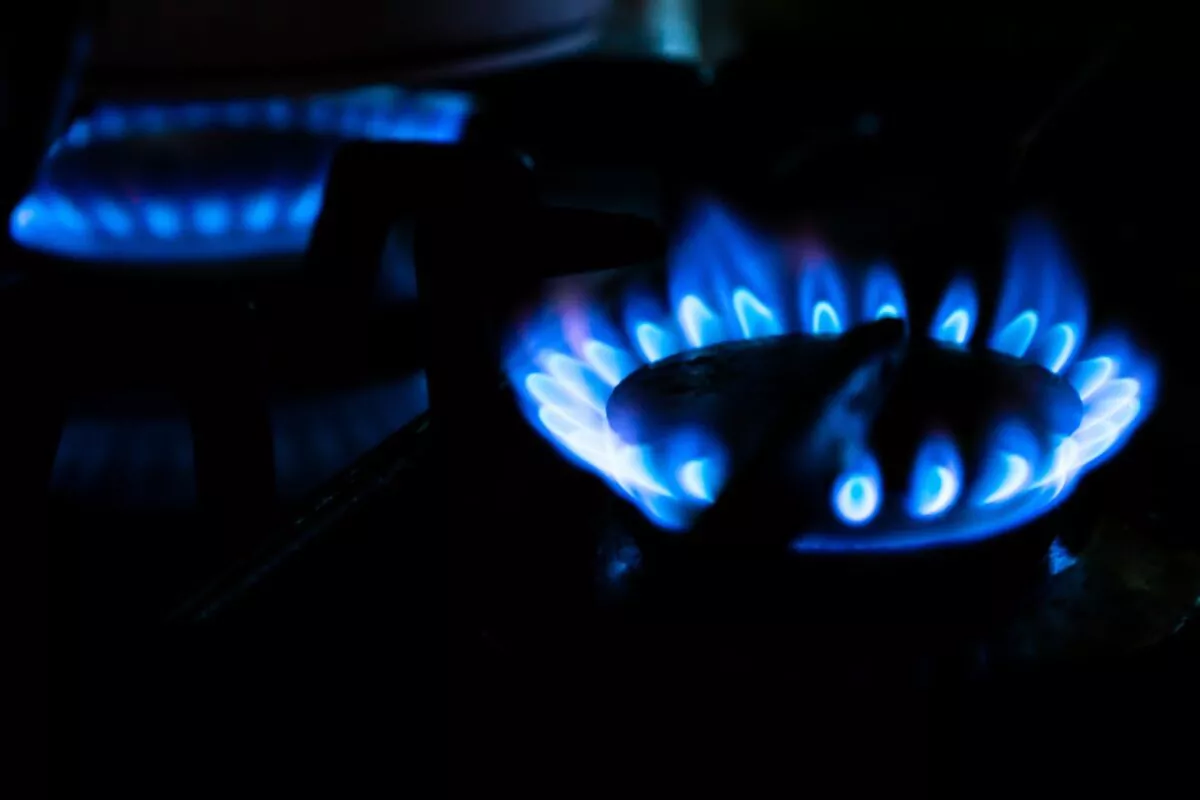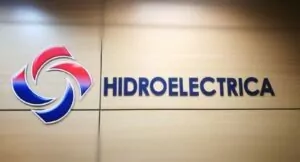Romania’s gas transmission monopoly, Transgaz, has put out to tender in SICAP (Electronic Register of Public Procurement) a sector contract worth 477 – 600 million lei for the urgent purchase of 80-100 million cubic meters (427,000 MWh) of gas needed for the winter. The company reasons that it needs these quantities on hand because there are signs that there will be distortions of gas flows in the cold season months and that the domestic market cannot provide the necessary quantities.
Urmărește mai jos producțiile video ale Economedia:
- articolul continuă mai jos -
The distortions are characterized by Transgaz as follows:
“Given the increase in natural gas prices in 2021, as well as the forecast volumes of gas available for trading on the exchange markets, there is a possibility that during the period (December – March) the short-term standardized products available on the trading platforms may not provide the necessary response to maintain the transmission network within its operational limits. In this respect, the complementary purchase of balancing services is necessary to ensure the physical balancing of the NTS. As defined in the European Regulation No 312/2014 “balancing service” is defined as a service provided to a transmission system operator through a gas contract, necessary to cover short-term fluctuations in gas demand or supply, which is not a standardized short-term product. We consider it necessary to use balancing services, as an alternative to short-term standardized products, for days when these products cannot provide a reliable and efficient response in the secure management of the national transmission system. More specifically, we consider it necessary to have a contract for balancing services that can provide flexibility to the TSOs for the physical balancing of the NTS, only for situations where short-term standardized products are not available and therefore cannot be purchased on the Romanian markets”, is the description of the procurement.
Transgaz is waiting for offers from imports until November 18, i.e. in one month. Deliveries would be for four months, with a deadline of 31 March. The gas can arrive daily, or with a periodicity requested by the company, the entry points into the country could be Isaccea, from Ukraine, Negru Voda, from Bulgaria, Ungheni, from Basarabia, or Arad, from Hungary. In all cases, the origin of the gas is the same: Gazprom, although it may be owned by other companies.
Target price, but can be 30% higher
The tender specifications state that Transgaz needs 80 million cubic meters of gas – 858,000 MWh, but can add 25% to this, hence the price range offered. The target price is 427 lei/MWh, corresponding to the average of transactions on the Romanian Commodity Exchange from September 28 to October 7, but Transgaz would also accept price offers up to 30% higher, if the availability of delivery is immediate, making the target price rise to almost 570 lei/MWh, i.e. 120 euro/MWh.
That’s an astronomical price for gas, considering that the all-time record so far on European markets was reached earlier this month on the London Stock Exchange – €100/Mcm. Currently, in Vienna, the Baumgarten gas hub – the benchmark for Central and South-East Europe, futures trading for November is at around €80-90/MWh.
This is not the first time that Transgaz is making gas purchases for balancing the SNT, but it is the first time in many years that the purchases are of such a high value for such a short period of time.
The bids will be separated by price – 99% and by the support (1%) that the company wishing to sell its gas offers Transgaz. What Transgaz wants is for “the Provider to designate a dedicated contact person available by email and/or telephone to the Recipient.”
The fact that this winter could bring some problems in gas supply to the population, institutions, and companies in Romania has been mentioned in the public space. Huge gas prices and the relatively low filling of storage facilities, not only in our country but in Europe as a whole, have led to a fierce struggle across the continent to secure the quantities needed for the winter. In our country, the big suppliers have admitted that there are fears we won’t have enough gas, especially if the winter is cold. E.ON and ENGIE have publicly stated that they have made requests to Gazprom for additional quantities, but have been met with refusals. Russia’s President Putin, on the other hand, said in a public speech that Gazprom is honoring all its obligations to the EU and is ready to increase deliveries.
Romania has about 2.3 billion cubic meters of gas in storage, significantly less than last year’s 3.1 billion cubic meters at the same time. “We have enough gas, we shouldn’t have any problems,” Energy Minister Virgil Popescu told Economedia.ro. Gas extraction has already started, despite the fact that it is not yet November first, the official start of the extraction season. We still produce locally about 26 million cubic meters daily and import about 9 million cubic meters. Historically, on the coldest days of winter, consumption reaches 70 million cubic meters and extraction cannot go beyond 20 million cubic meters. The remaining 50 million must be covered by current production and imports.
Edited for English

 Sursa foto: Unsplash / Junho Kwon
Sursa foto: Unsplash / Junho Kwon





























